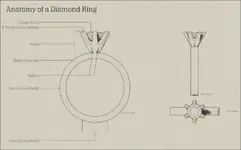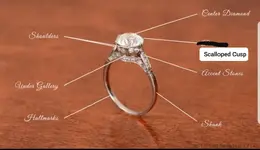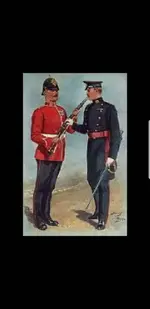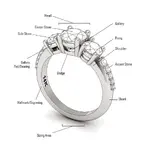Snoop d
Tenderfoot
- Joined
- Jan 20, 2020
- Messages
- 5
- Reaction score
- 22
- Golden Thread
- 0
- Location
- Central New Jersey
- Detector(s) used
- Garrett AT Pro
Whites coinmaster
- Primary Interest:
- All Treasure Hunting
I located a very thin detailed woman’s ring with an unknown white oval stone mounted in a heart setting. Not magnetic. It was in a fresh shell pile that was gone the next day. Wreck off golf course.
Second trip here. I now know what they mean when they say the sands move constantly.
I was at Fredrick Douglas on Saturday near high tide. Worked below the insane cut until it was unworkable. Left to use restroom and to eat returning about an hour and a half later. Big mistake!!!!
The 7 foot plus (I’m 6’5”) dropped down to 2’6”to4’with the lower beach filled back in adding several feet.
Met a diver from the 80’s who was wearing a gold coin necklace. He found the coin on the 1715 wreck site off the same beach.
He said it is very old and looks like it could be from the wreck. He suggested I get it looked at at a local specialty shop that deals with 1715 items.
Have not made it there yet still hitting all of the beaches, time limited.
Any help identifying would be much appreciated.
Will be here another week hitting as many spots as I can. Any tips would be appreciated.
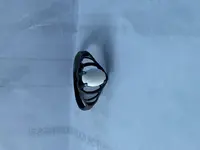
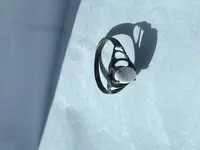
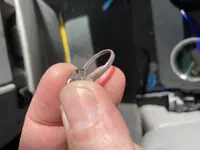
Second trip here. I now know what they mean when they say the sands move constantly.
I was at Fredrick Douglas on Saturday near high tide. Worked below the insane cut until it was unworkable. Left to use restroom and to eat returning about an hour and a half later. Big mistake!!!!
The 7 foot plus (I’m 6’5”) dropped down to 2’6”to4’with the lower beach filled back in adding several feet.
Met a diver from the 80’s who was wearing a gold coin necklace. He found the coin on the 1715 wreck site off the same beach.
He said it is very old and looks like it could be from the wreck. He suggested I get it looked at at a local specialty shop that deals with 1715 items.
Have not made it there yet still hitting all of the beaches, time limited.
Any help identifying would be much appreciated.
Will be here another week hitting as many spots as I can. Any tips would be appreciated.






